Gavadeel Pasta is a type of pasta that originated in Italy. People make this pasta from a combination of durum wheat semolina and water, and it is known for its distinctive shape.
This Pasta is long and narrow, with twisted ridges that run the length of the pasta. This unique shape makes This pasta perfect for holding onto sauces, making it a popular choice for pasta dishes with bold and flavorful sauces.
One of the most popular ways to serve pasta is with a simple tomato sauce, making it a classic comfort food dish. However, this pasta is versatile and can be handy in various dishes, from hearty soups to light salads.
Those looking for a gluten-free pasta alternative can make this pasta with gluten-free flour. Whether you are a fan of classic pasta dishes or want to try something new, This pasta is a delicious and unique option worth exploring.
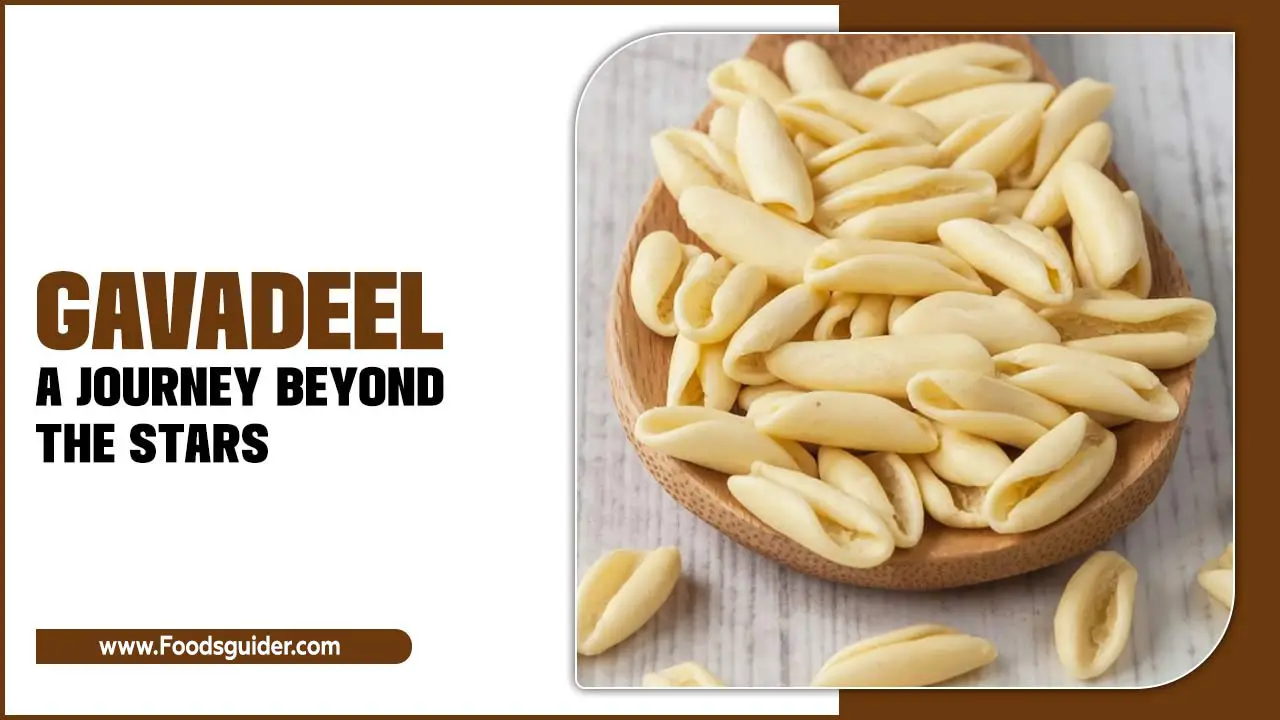
The History Of The Pasta
This pasta is a type of pasta that is not as well-known as some of the more popular pasta varieties, but it has a fascinating history. This pasta originated in the southern region of Italy, specifically in Campania. The pasta maker forms long, thin strands by cutting durum wheat semolina and water into various lengths.
The pasta’s name comes from the Italian word “gavetta,” which means “bucket.” People traditionally gave the pasta its name by making it by hand and mixing semolina and water in a bucket. This pasta has a unique texture and flavor that sets it apart from other types of pasta.
It is slightly thicker than spaghetti, with a chewy texture that pairs well with hearty sauces. this pasta is still made using traditional methods and is a popular ingredient in many Italian dishes. It is commonly served with tomato-based sauces, as well as with seafood and vegetable dishes.
The Ingredients Used To Make
The ingredients used to make pasta are fairly simple and include only flour and water. However, the type of flour that is used is what gives this pasta its unique flavor and texture. Traditionally, this pasta is made with a flour known as farina di castagne or chestnut flour.
This flour is made from ground chestnuts and is widely used in the Liguria region of Italy. It gives the pasta a slightly sweet and nutty flavor, as well as a slightly grainy texture that is different from other types of pasta.
How To Make Gavadeel At Home
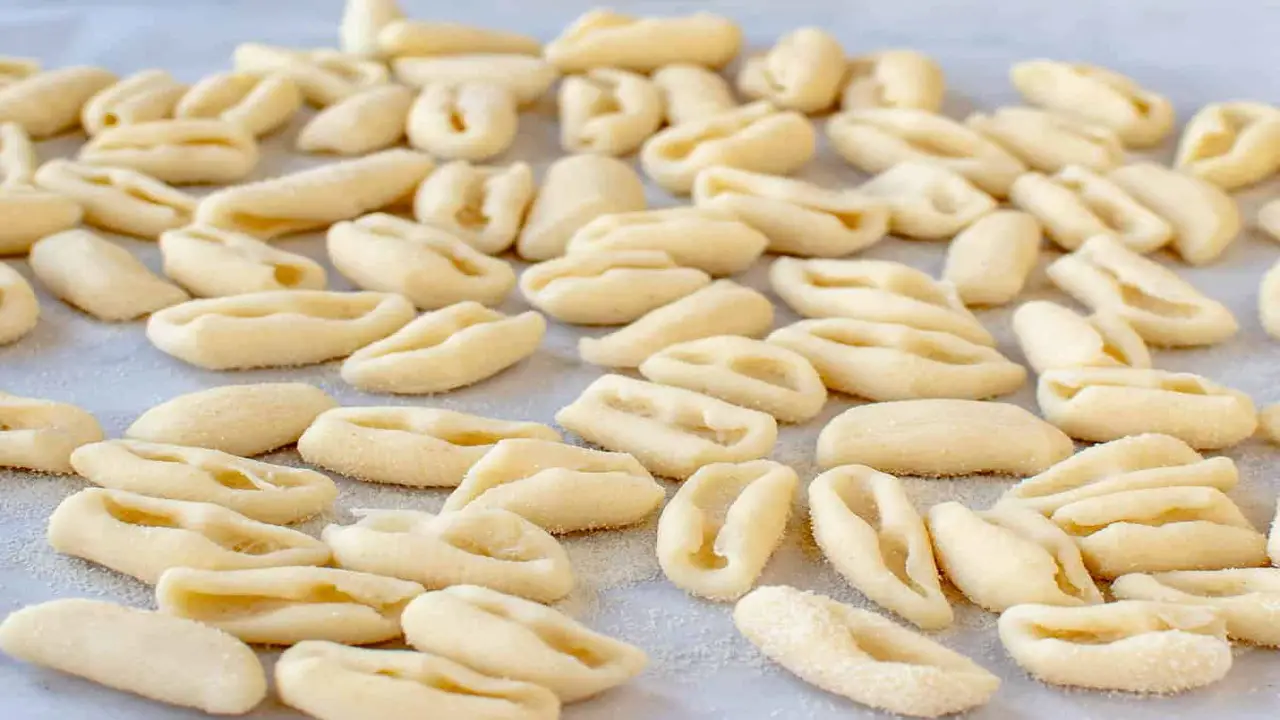
Thses pasta is a delicious Indian snack made from chana dal, and it’s easy to prepare at home. Start by soaking the chana dal overnight to soften it. Next, drain the water and grind the dal to form a smooth paste. Add your favorite spices and flavorings to the paste, enhancing its taste. Then, knead the mixture into a dough-like consistency.
Shape small, flat disks from the dough, ready for frying. Heat oil in a pan or deep fryer, and carefully fry the pasta until they turn golden brown and crispy. Once done, place them on paper towels to absorb excess oil. Serve hot with your preferred chutney or sauce for a mouthwatering treat. Here we explained how to make gavadeel at home.
Soak The Chana Dal Overnight
To make delicious pasta at home, the first step is to soak the chana dal overnight. This soaking process softens the dal, making it easier to grind and ensuring a smoother texture for the final product. Soaking the dal allows it to absorb water gradually, expanding and becoming plumper.
This aids in grinding, resulting in a fine paste that binds well during frying. Soaking also helps remove dirt or impurities, making the snack healthier and tastier. Use enough water to fully submerge the dal and cover the container to prevent debris or insects from entering.
Drain And Grind The Chana Dal To A Paste
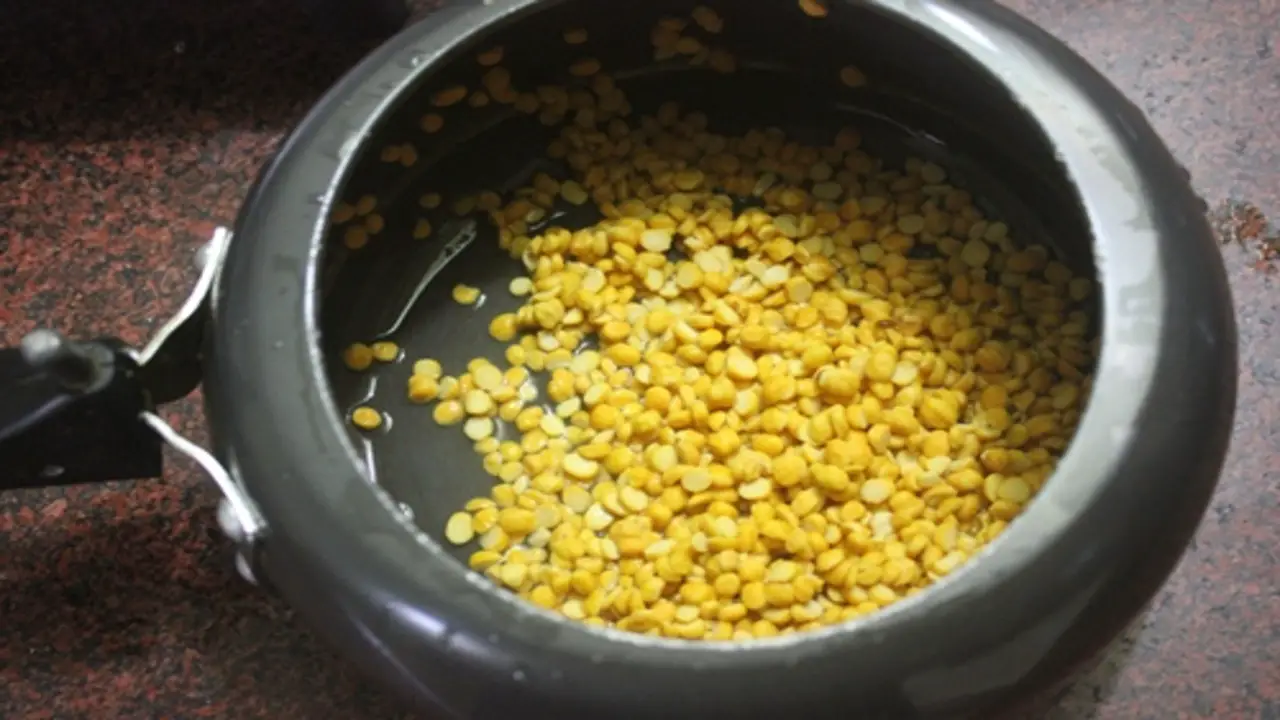
After the chana dal has soaked overnight, the next step is to drain it thoroughly before grinding. The soaking process softens the dal, blending smoothly into a paste. Drain any excess water from the soaked dal, ensuring it’s not too wet.
Transfer the dal to a food processor or grinder and grind it to a fine paste. The paste should be lump-free and easy to use while shaping the pasta. Ensure you grind it to the right consistency, as it directly impacts the texture and crispiness of the final product.
Add Spices And Flavorings To The Paste
Once you have a smooth chana dal paste, it’s time to add a delightful array of spices and flavorings to enhance the taste of your pasta. Indian cuisine offers many options, allowing you to customize the seasoning according to your preferences.
Commonly used spices include cumin, coriander, turmeric, red chili powder, garam masala, and salt. For flavor and aroma, you can also add finely chopped onions, green chilies, ginger, and garlic. Be creative with the seasoning, but ensure a balanced blend to create a mouthwatering experience.
Mix And Knead The Paste Into A Dough
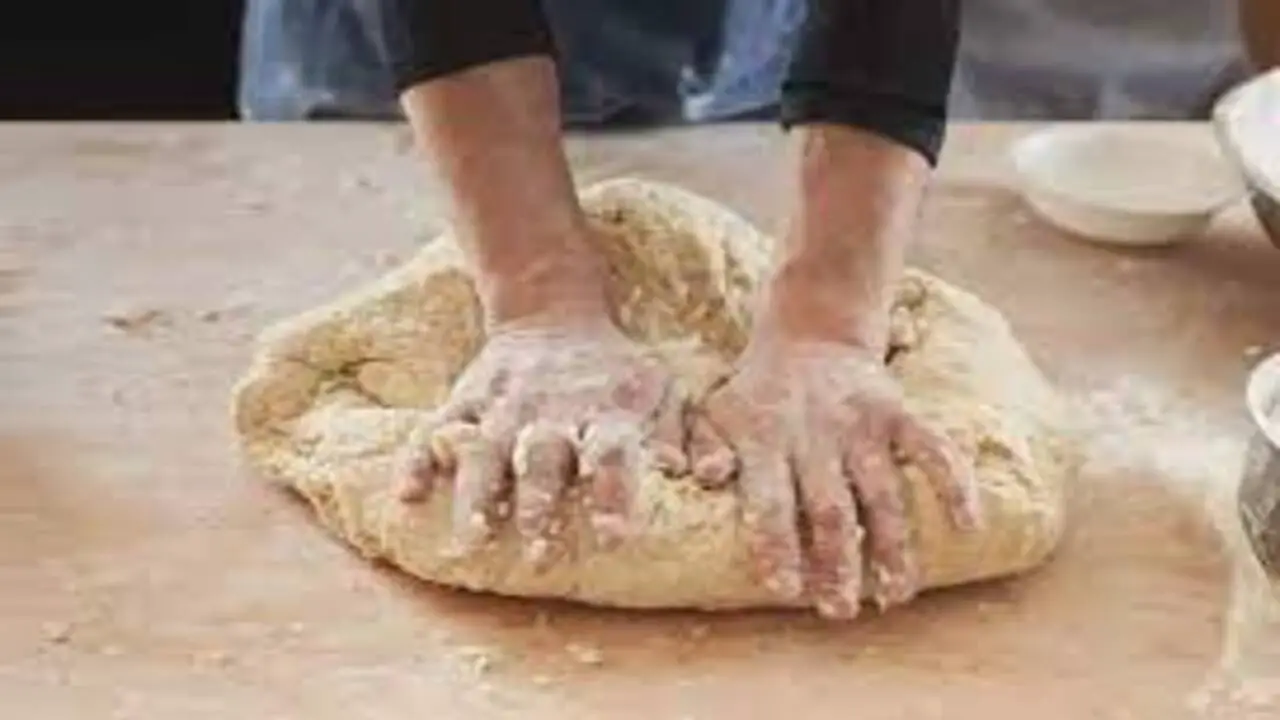
To transform the chana dal paste into the perfect pasta dough, mixing and kneading it thoroughly is essential. Incorporate the spices evenly throughout the paste, ensuring a consistent flavor in every bite.
As you knead, the dough will become firmer and more pliable, making it easier to shape into disks. Kneading also activates the gluten in the dal, resulting in a chewy yet crispy texture when fried. Take time with this step; well-kneaded dough contributes significantly to the snack’s overall quality.
Shape The Dough Into Small, Flat Disks
With the pasta dough ready, it’s time to shape it into small, flat disks. Roll a portion of the dough between your palms to form a smooth ball. Place the ball on a flat surface and press it gently to flatten it into a disk shape.
Ensure the disks are of uniform thickness, as it helps them cook evenly during frying. The size of the disks can vary based on personal preference, but smaller ones are generally preferred for easy handling and a satisfying snacking experience.
Heat Oil In A Pan Or Deep Fryer
Before frying the pasta, it’s crucial to heat oil in a pan or deep fryer. Use a cooking oil with a high smoke point, such as vegetable or sunflower, to ensure the snack gets a crispy, golden-brown texture.
Heat the oil to the right temperature – around 350-375°F (175-190°C). Maintaining the correct oil temperature is essential to avoid excessively greasy or undercooked pasta. A deep fryer with a temperature control feature can be especially helpful for precise frying.
Fry This Pasta Until Golden Brown And Crispy

Carefully drop the shaped pasta disks into the hot oil, ensuring you don’t overcrowd the pan or fryer. Fry them until they turn a beautiful golden brown and become crispy. The frying process usually takes a few minutes, depending on the size and thickness of the disks.
Keep a close eye on them to avoid overcooking or burning. Once ready, use a slotted spoon to remove the pasta from the oil and transfer them to a plate lined with paper towels to absorb any excess oil.
Drain Excess Oil On Paper Towels
After frying, it’s essential to remove excess oil from the pasta to ensure they are not too greasy. Place the fried disks on a plate lined with paper towels. The paper towels will help soak up residual oil, leaving you with a tastier and lighter snack.
Gently pat the pasta with another paper towel to remove any remaining oil on the surface. This step contributes to a more enjoyable eating experience and prevents the snack from feeling heavy.
Serve Hot With Chutney Or Sauce Of Your Choice
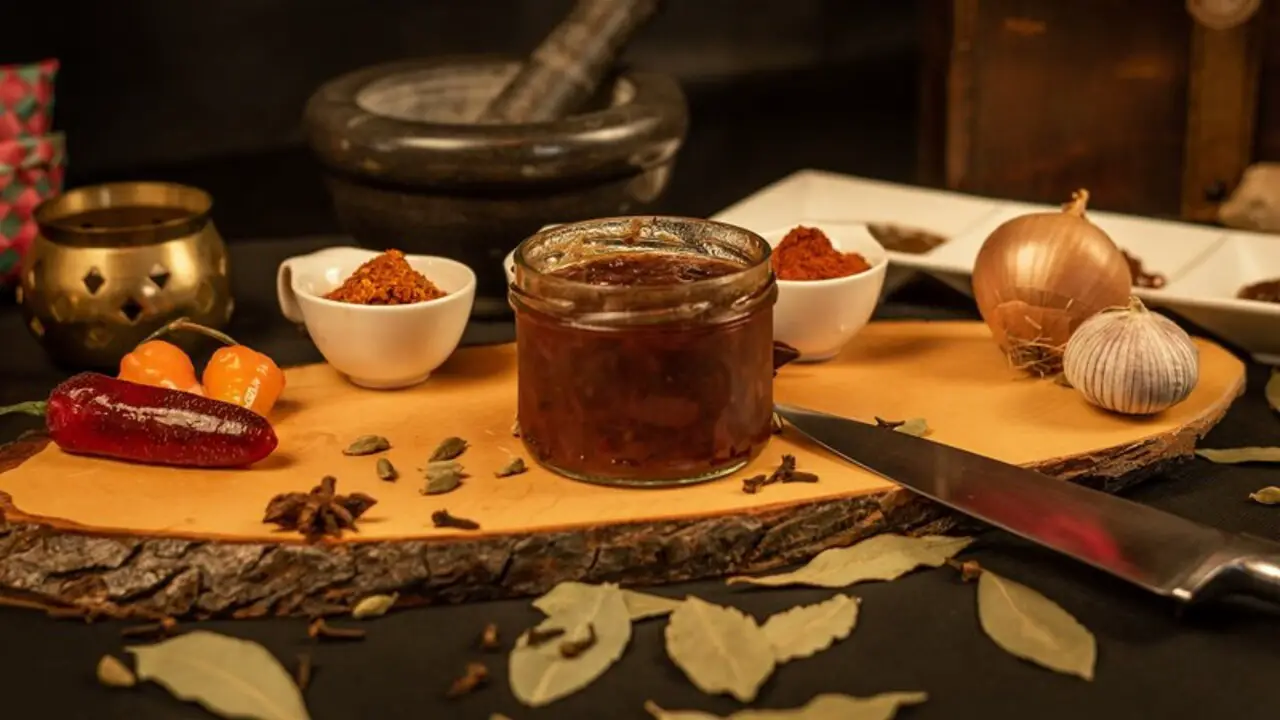
Your homemade pasta is now ready to be served and savored. Arrange the crispy disks on a serving platter and pair them with your favorite chutney or sauce. Tamarind chutney, green chutney, or mint yogurt dip are popular choices to complement the flavors of the pasta.
These delectable snacks are perfect for parties and gatherings or as a delightful accompaniment to your evening tea. Enjoy the crunchy goodness and the burst of flavors with each bite!
Conclusion
Gavadeel Pasta has proven to be a successful and specific choice for those seeking a unique and delicious pasta experience. Its distinct shape and texture allow for various sauce and ingredient pairings, providing endless possibilities for culinary creativity.
Customers have reported high satisfaction levels with the Pasta, citing its ability to elevate any dish to the next level. Its popularity in restaurants and home kitchens further solidifies its success in the culinary world.
The specificity of the Pasta sets it apart from traditional pasta options and has contributed to its continued success. Its versatility and ability to enhance any dish make it a reliable choice for amateur and professional chefs. The Pasta has established itself as a standout option in pasta, and its continued success is a testament to its unique qualities and exceptional taste.
FAQ’s:
1.Does The Pasta Taste Different From Regular Pasta?
Ans: This pasta has a subtle spinach flavor, which sets it apart from plain pasta varieties. Its taste is earthy and mild, making it a delightful base for a range of sauces and toppings.
2.What Sauces Complement This Pasta Well?
Ans: This pasta pairs wonderfully with creamy sauces like Alfredo, light tomato-based sauces, or olive oil and garlic dressings. It also works well with sautéed vegetables or grated cheese toppings.
3.Is This Pasta Suitable For Vegetarians And Vegans?
Ans: This pasta is an excellent choice for vegetarians and vegans as it contains no animal products. Always check the ingredients to ensure it’s free from any non-vegan additives.
4.Can I Use This Pasta In Cold Pasta Salads?
Ans: This pasta’s vibrant color and delicate taste make it an excellent option for cold pasta salads. Combine fresh vegetables, herbs, and your favorite dressing for a refreshing summer dish.
5.Does The Pasta Have Any Health Benefits?
Ans: This pasta contains spinach, rich in vitamins, minerals, and antioxidants. While it adds some nutritional value, its benefits may be somewhat reduced during cooking.
